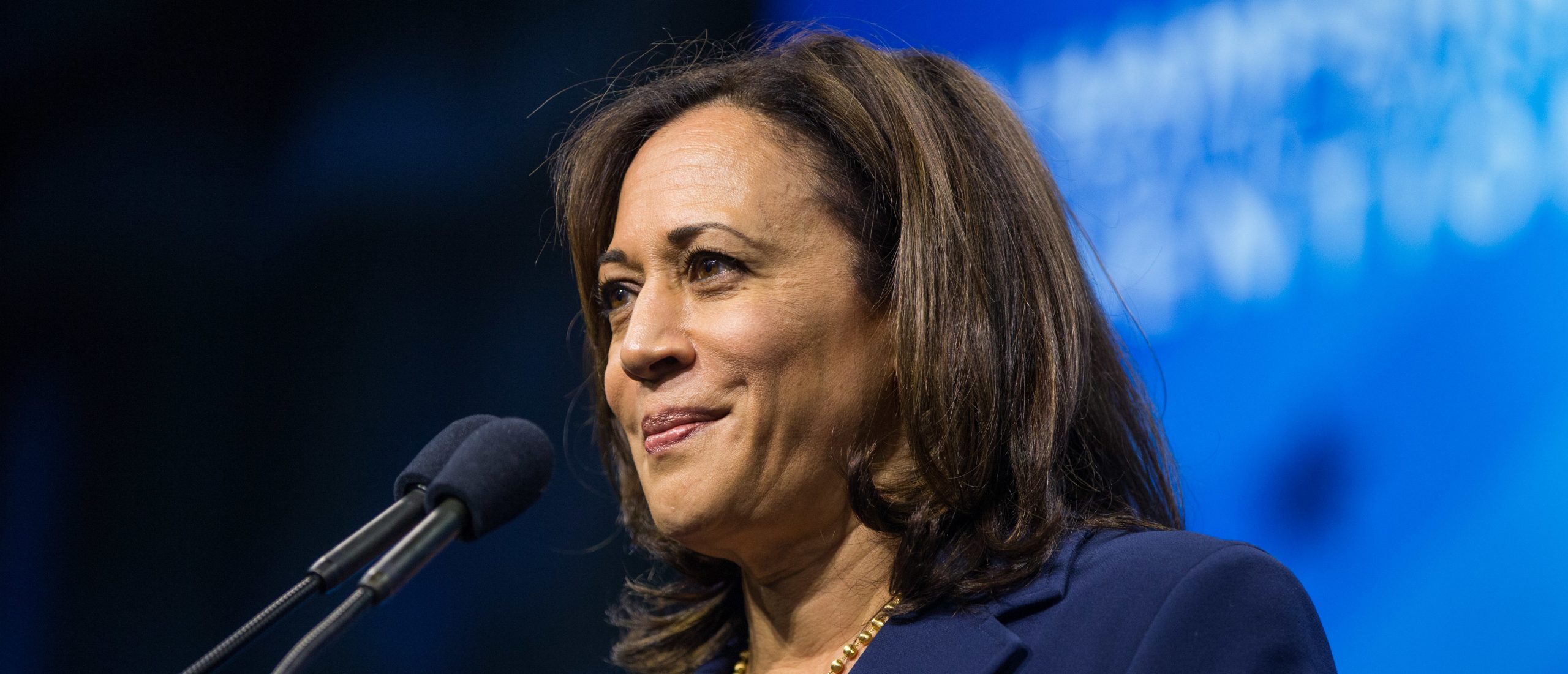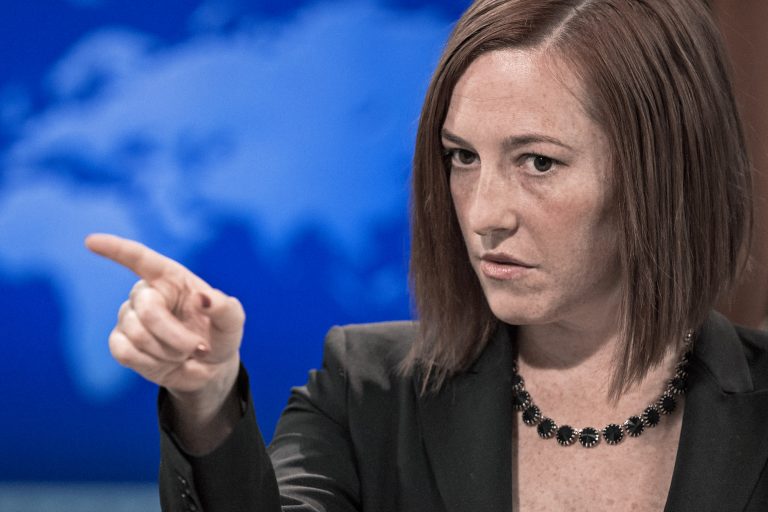The many “firsts” of Kamala Harris
By Annalisa Ciampi
Kamala Harris is a woman of many “firsts”: not only is she the first woman to become the vice-president of the United States of America, she is also the first person of colour to hold that position, the first African American, and the first Asian American vice-president.
She is not new to being a “first”. A district attorney from San Francisco, she became California’s first female attorney general in 2010 and won re-election to a second term in that office in 2014. In the 2016 Senate election, she became the second African American woman and the first South Asian American to serve in the US Senate.
As American women and men and the whole world watched her taking oath on January 20 at Capitol Hill, together with the 46th US President Joe Biden, she was wearing a purple coat and dress by two black fashion designers. It was the first time black American designers were staged at the inauguration ceremony. Purple (also worn by Michelle Obama, Hillary Clinton and Laura Bush) is the result of the combination of red and blue, the respective colours of the Republican and the Democratic parties, implying a symbol of unity.
Kamala Harris becomes the most power woman of the United States at a time where American politics and society could not be more divided and the world is shattered by the pandemic with its health, economic and social catastrophic consequences.
Yet, she comes to power as the vice-president of a strong, if not still the most powerful, democracy.
The first woman elected to the cabinet of an American President was France Perkins, Minister of Labour during the presidency of Franklin D. Roosevelt, back in 1933. Over the years, three women served as US Secretaries of State (Madeleine Albright, Condoleezza Rice, and Hillary Clinton). The recent U.S. elections, in addition to the emergence of Kamala Harris, opened the doors of Congress to 141 newly elected women, breaking the record of previous elections. Janet Yellen, already the first woman to hold the role of Chair of the Federal Reserve, is now the first woman to lead the US economy as Treasury Secretary and a number of other women have also been appointed to key positions in the Biden’s administration (from Avril Haines as Director of National Intelligence to the all-female White House communications team).
Kamala Harris is not only an “influential voice” to the President’s ear, the last person in the room before he makes important decisions. She also holds a “decisive vote” as the constitutionally designated President of the Senate – the first women to become one. She has the power to cast the tiebreaking vote in the current evenly divided Senate.
Rumour has it that she might be running for the Presidency in four-year time (she ran already for the 2020 Democratic nomination but withdrew in 2019). It is too early to know. Joe Biden’s age does not preclude him from serving a second term. The Presidency might re-invigorate rather than exhaust him. But if Kamala were to run for the next US Presidency, that would not be a first. Hillary Clinton was the first woman to attempt this endeavour. And as for the first black, African American US President – that was already achieved by Barack Obama. Still, the 2024 presidential race could be a “first”, if the Republican party nomination were also to be won by a woman – by, for example, Nikky Haley, also of Indian descendant, formerly US ambassador to the United Nations and first female governor of South Carolina (at the time, the youngest US governor and the first Indian American in a presidential cabinet). Perhaps two prominent women running for the US Presidency could set the stage for a campaign far less centred on gender and race, signalling the filling of some of current gaps.
Still, to define Kamala and the new US Presidency focusing exclusively or predominantly upon gender and race, would be deceiving. To reunite only based on gender and race risks dividing more and deepening existing divisions.
Kamala Harris does not only come with a solid professional record. She also has a unique family and personal background, which stands for diversity and inclusion. The daughter of an Indian mother and a Jamaican father, whose parents divorced when she was seven, she is married to a Jew, Doug Emhoff, and is the stepmother to his two children from his previous marriage. As the first-ever husband of a U.S. vice president and the first second gentleman in American history, Emhoff has taken a leave of absence from his legal career to support Kamala full time.
Kamala comes to power not as a fairy with a wand. She was elected as a woman with a full record of successes. She will be able to work across party lines and to deliver. If she didn’t, that would be a first.







